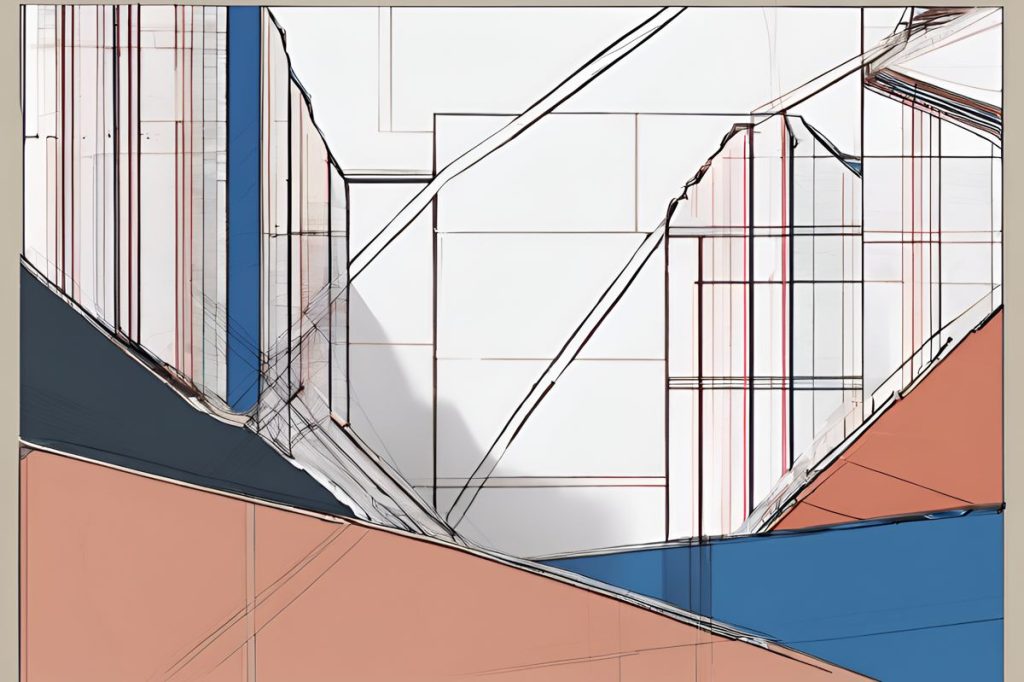Digital innovation, exemplified by projects like CADiP, is crucial in preserving cultural identity by documenting artifacts and safeguarding them against loss. This digital preservation not only protects heritage but also ensures accessibility for future generations, combating cultural amnesia and asserting the unique identity of civilizations.
How is digital innovation preserving cultural identity?
Digital innovation preserves cultural identity by digitizing cultural assets, safeguarding them against loss, and maintaining historical continuity. Projects like CADiP have documented 100,000 artifacts, creating digital repositories that protect cultural heritage and ensure its accessibility for future generations. This digital preservation asserts identity and combats cultural amnesia.
Digital Archiving: A Cultural Safeguard
The digitization of cultural assets serves as a bulwark against the loss of cultural identity, a sentiment strongly echoed by Deputy Minister of Culture Vasiliki Kassianidou. In a digital era, the importance of such endeavors cannot be overstated. Initiatives like CADiP (Digitising the Museums of Cyprus) are not only about preservation but also about the assertion of identity in an ever-changing world.
Kassianidou, during the unveiling of CADiP’s results, shed light on how new technology forms a cornerstone in protecting and reclaiming cultural property. The project, which took its first steps in May 2021, has been pivotal in documenting nearly 100,000 artifacts within a span of 36 months—each with its own story and significance, thus creating a digital fortress against cultural amnesia.
The Impact of Conflict on Heritage
The catastrophes that have befallen the cultural heritage of the Middle East, as well as Cyprus’ own trials post-1974, elucidate the dire consequences of cultural vandalism. It’s a deliberate attempt to erase the collective memory of a people. To counter such threats, proactive documentation and protection of cultural goods through digital means have become imperative.
Digital repositories provide a safeguard for these artifacts, many of which have witnessed the history of civilizations firsthand. This digital endeavor encompasses not only items on display but also those safeguarded in the storerooms of Cyprus’ museums. State museums, under the stewardship of the Department of Antiquities, have made significant strides in ensuring that their treasures are immortalized digitally.
A Legacy of Documentation
The commitment to digital preservation has deep roots, stretching back before the inception of CADiP. Since 2009, over 100,000 movable finds, thousands of archaeological surveys, and numerous ancient monuments have been digitally captured. This meticulous process ensures that each item’s unique characteristics are preserved for future generations to study and appreciate.
This large-scale digitization is not merely about creating records; it’s about maintaining a thread to the past that informs our present and shapes our future. As we continue to witness the digitization of historical artifacts, we honor the legacy of those who came before us and ensure that their stories continue to resonate.
The Future of Cultural Heritage
Looking ahead, the role of digitization in cultural preservation is only set to expand. With the Deputy Minister of Culture’s emphasis on the integration of specialized applications to combat illicit trade, the promise of a future where cultural heritage is both protected and celebrated seems within reach. This technological embrace is not only about safeguarding the past but also about ensuring equitable access to cultural education and the enrichment of humanity’s shared heritage.
In this digital age, the meticulous recreation of history through technology serves as a testament to the resilience of cultural identity. The work done by institutions like the Department of Antiquities in Cyprus sets a precedent for other nations to follow, highlighting the importance of innovation in the stewardship of our global cultural legacy.
How is digital innovation preserving cultural identity?
Digital innovation preserves cultural identity by digitizing cultural assets, safeguarding them against loss, and maintaining historical continuity. Projects like CADiP have documented 100,000 artifacts, creating digital repositories that protect cultural heritage and ensure its accessibility for future generations. This digital preservation asserts identity and combats cultural amnesia.
Why is digital archiving important for cultural safeguarding?
Digital archiving is crucial for safeguarding cultural identity as it acts as a bulwark against the loss of cultural heritage. Initiatives like CADiP not only preserve artifacts but also assert the unique identity of civilizations in an ever-changing world. Digital repositories ensure that cultural assets are protected and accessible, combatting cultural amnesia and preserving historical continuity.
What role does conflict play in the preservation of heritage?
Conflict poses a significant threat to cultural heritage, as seen in the Middle East and Cyprus post-1974. Cultural vandalism attempts to erase the collective memory of a people, emphasizing the importance of proactive documentation and protection of cultural goods through digital means. Digital repositories safeguard artifacts and provide a digital fortress against the deliberate destruction of cultural heritage.
How does the future look for the preservation of cultural heritage through digitization?
The future of cultural heritage preservation through digitization is promising, with a focus on specialized applications to combat illicit trade and ensure equitable access to cultural education. The integration of technology not only protects the past but also celebrates and enriches humanity’s shared heritage. Institutions like the Department of Antiquities in Cyprus are setting a precedent for innovative stewardship of global cultural legacy.

